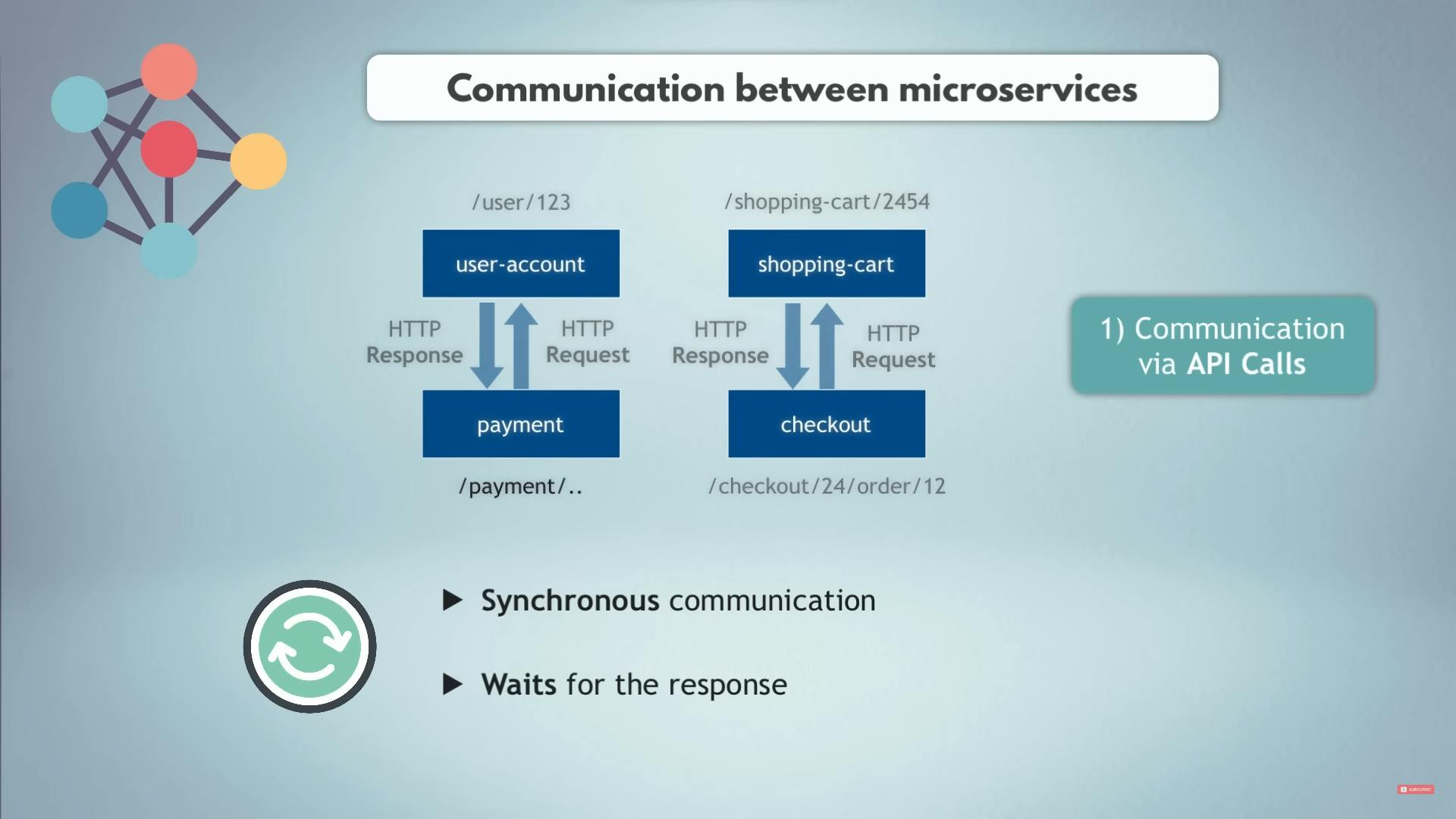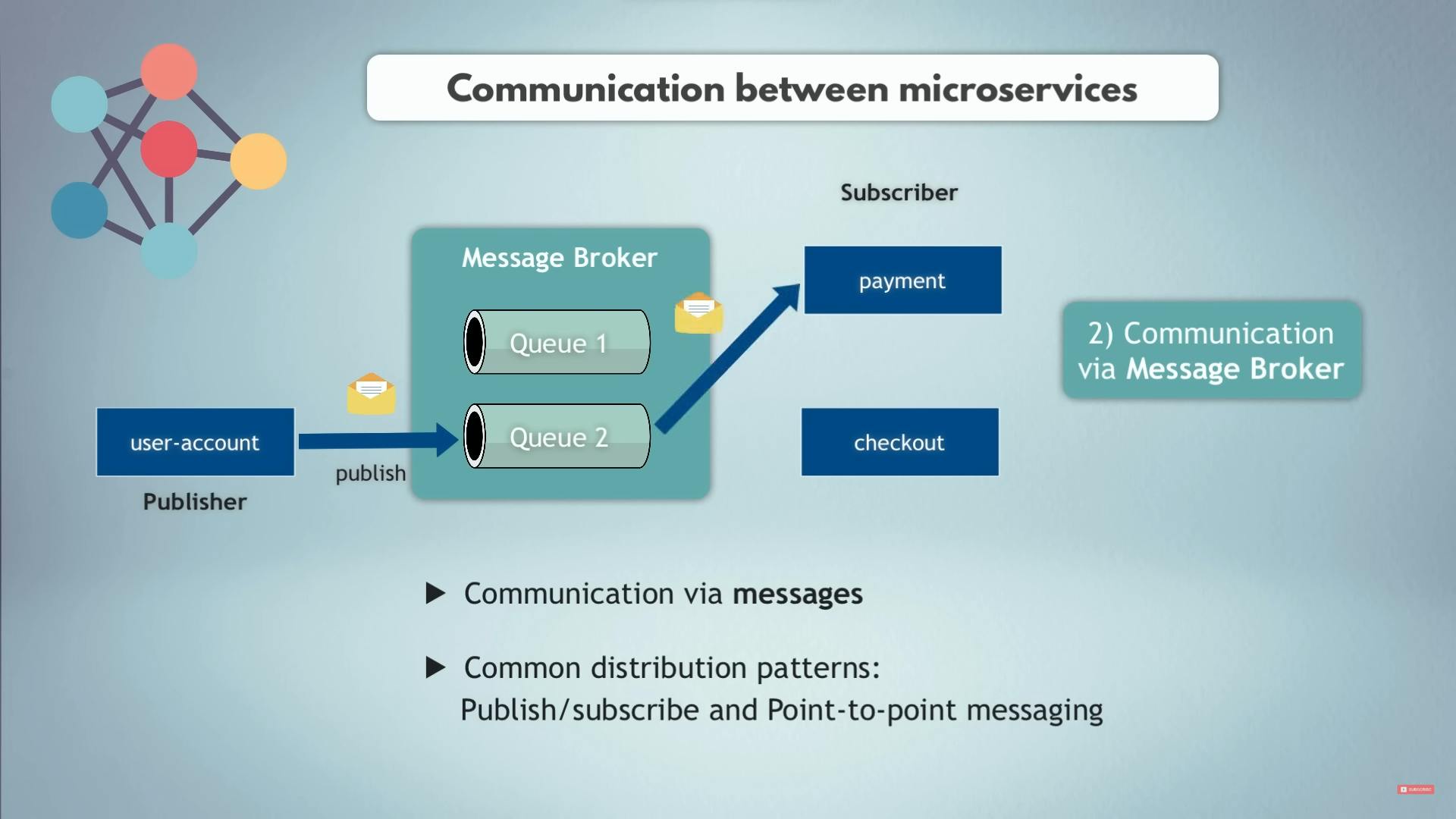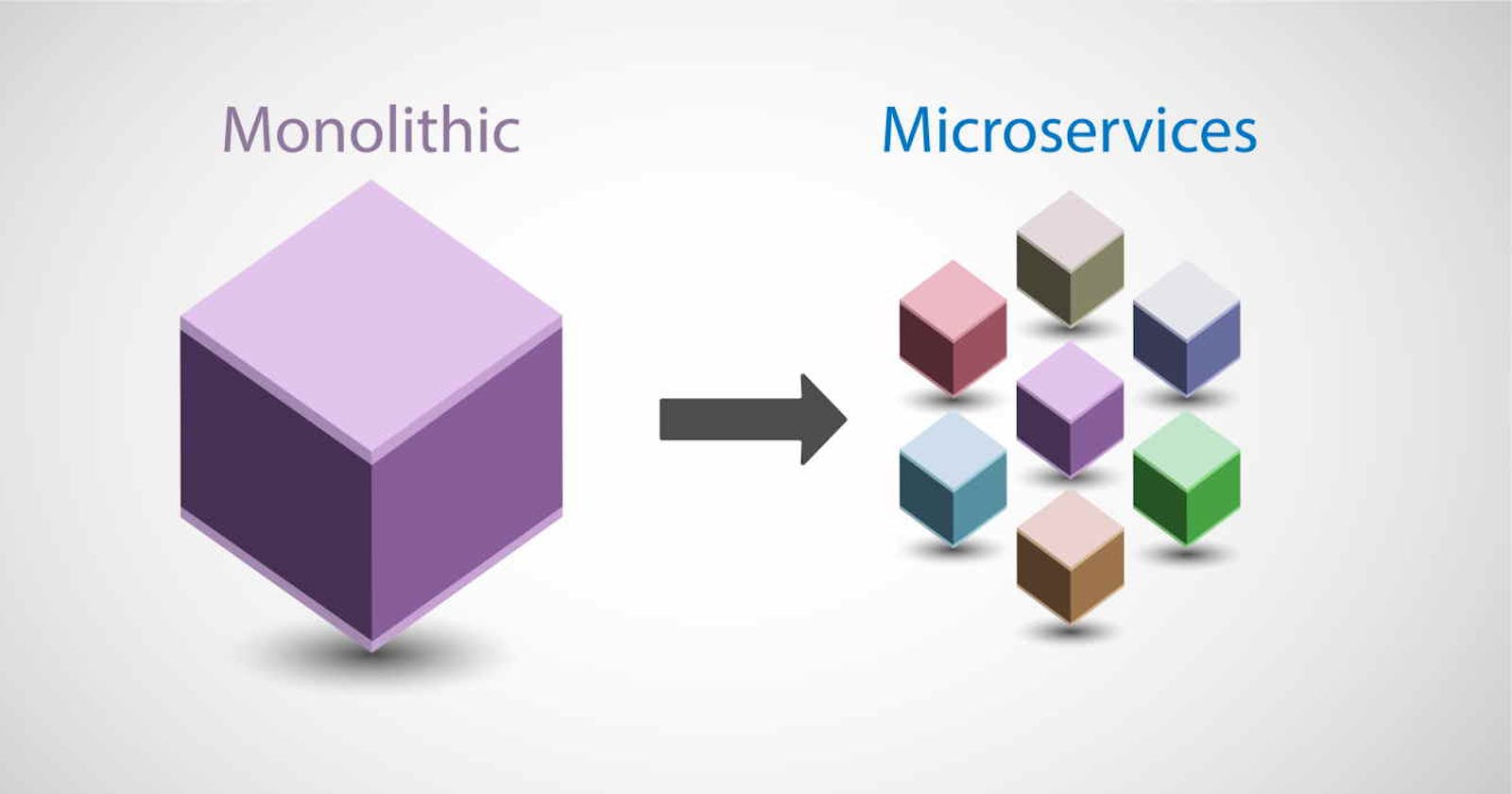Decoding Software Architecture: Monolith vs. Microservices – A Comprehensive Guide
Introduction:
In the realm of software architecture, the choice between a monolithic and microservices approach can significantly impact a system's scalability, maintainability, and overall efficiency. This guide delves into the intricacies of both architectures, their challenges, and how businesses can optimize their development strategies. Whether you're navigating the intricacies of a monolith or embracing the agility of microservices, this article aims to provide clarity and insights.
What Is Monolith?
In software architecture, a monolith refers to a particular type of application architecture where the entire software system is designed and constructed in a single, individual unit. In a monolithic architecture, all the components and functions of the application are tightly integrated and interconnected, typically sharing the same codebase and running in a single process. Before microservices, a monolithic architecture was the standard.
Let's understand this with an e-commerce application example:
Suppose there are four components in the application such as user-auth, shopping cart, payment system and product catalog. So in monolithic architecture
All the components are part of a single unit
Everything is developed, deployed and scaled as 1 unit
The app must be written in 1 tech stack
if there is a different team working on each component they need to be careful to not affect each other's work
1 single artifact, so must redeploy the entire application on each update
Challenges of Monolithic Architecture:
The application is too large and complex
Parts are more tangled into each other
Suppose you have a usage spike on holidays for the shopping cart and you need to scale that part of the application then you can't do it. You need to scale the entire app, instead of a specific service. This will also lead to higher infrastructure costs.
Assume you have two services that use the same module but require different versions, In a monolithic application you have to pick one or the other because it is a single application and it can have a single dependency of the module
The release process takes longer
On every change, the entire application needs to be tested
The entire application needs to be built and deployed
Bug in any module can potentially bring down the entire application
And the answer to all these issues is a Microservices Architecture.
So What are Microservices?
With Microservices we break down the application essentially into multiple smaller applications. So we have several small or micro applications that make up this one big application. Now, we have a couple of very important questions when we create a microservices architecture.

How to break down the application?
What code goes where?
How many micro services do we create?
How big or small should they be?
How do they communicate?
Now let's answer these questions:
Split your application based on the business functionalities, like for an e-commerce app break your application into services like user, products, shopping-cart and so on.
In terms of size, each microservices should do one isolated thing. like one service for shopping-cart and products each. 1 service for 1 specific job.
A very important characteristic of microservices is they are self-contained and independent from each other. It means that each service must be developed, deployed and scaled separately without any tight dependencies on any other services even though they are part of the same application and this is called loose coupling. So with this best practice approach if you change something in the payment service you will need to build and deploy that service separately nothing else will be affected. It also means that each microservice has its versions which are not dependent on others, so if you release one service you don't need to release another service. The release cycle needs to be completely independent.
Communication Between Microservices:
As we discussed previously if each microservice should be isolated from each other how do they connect? Because payment services to work it need user info and the same for checkout service.

- Communication via API Calls: Each microservices has its own API. They can talk to each other by sending requests to the respective API endpoint. This is a synchronous communication. So an user-account service can send HTTP request to payment service and vice versa.

- Communication via Message Broker: Another common way of communication is through the Message Broker. This is an asynchronous way of communication. First, services send messages in the intermediate message service or a broker like RabbitMQ then that broker will be responsible for sending that message to the respective service.

- Communication via Service Mesh: This way of communication becoming more and more popular especially in the field of Kubernetes. In microservices architecture, communication via Service Mesh involves a dedicated infrastructure layer that facilitates seamless interaction between services. Acting as a communication fabric, Service Mesh ensures reliability, security, and observability, allowing for efficient data exchange while abstracting the complexities of service-to-service communication. This approach enhances the overall resilience and scalability of microservices-based systems.
Downsides of Microservices Architecture:
- Complexity and Increased Learning Curve:
Microservices introduce a more complex environment with multiple services, each having its own codebase, database, and dependencies. This complexity can make it challenging for developers to understand the entire system.
The distributed nature of microservices requires a shift in mindset and often necessitates new tools and technologies, increasing the learning curve for development teams.
Monitoring and Debugging:
- Identifying and resolving issues in a microservices architecture can be more complex than in a monolithic system. Debugging and tracing requests across multiple services require specialized tools and practices.
Even though microservice architecture is complex there are lot of tools and still being developed. One of them is Kubernetes.
Conclusion:
In conclusion, the choice between monolithic and microservices architecture hinges on various factors, including the nature of the application and business requirements. Each approach has its merits and challenges, and understanding these nuances is crucial for informed decision-making. Whether you opt for the consolidated unity of a monolith or the modular flexibility of microservices, aligning your architecture with your business goals is key to success in today's dynamic tech landscape.
If you liked this blog and gained some insights about Monolithic and Microservices architecture don't forget to like ✨ this blog and I will see you soon in the next one 🖤🚀.
